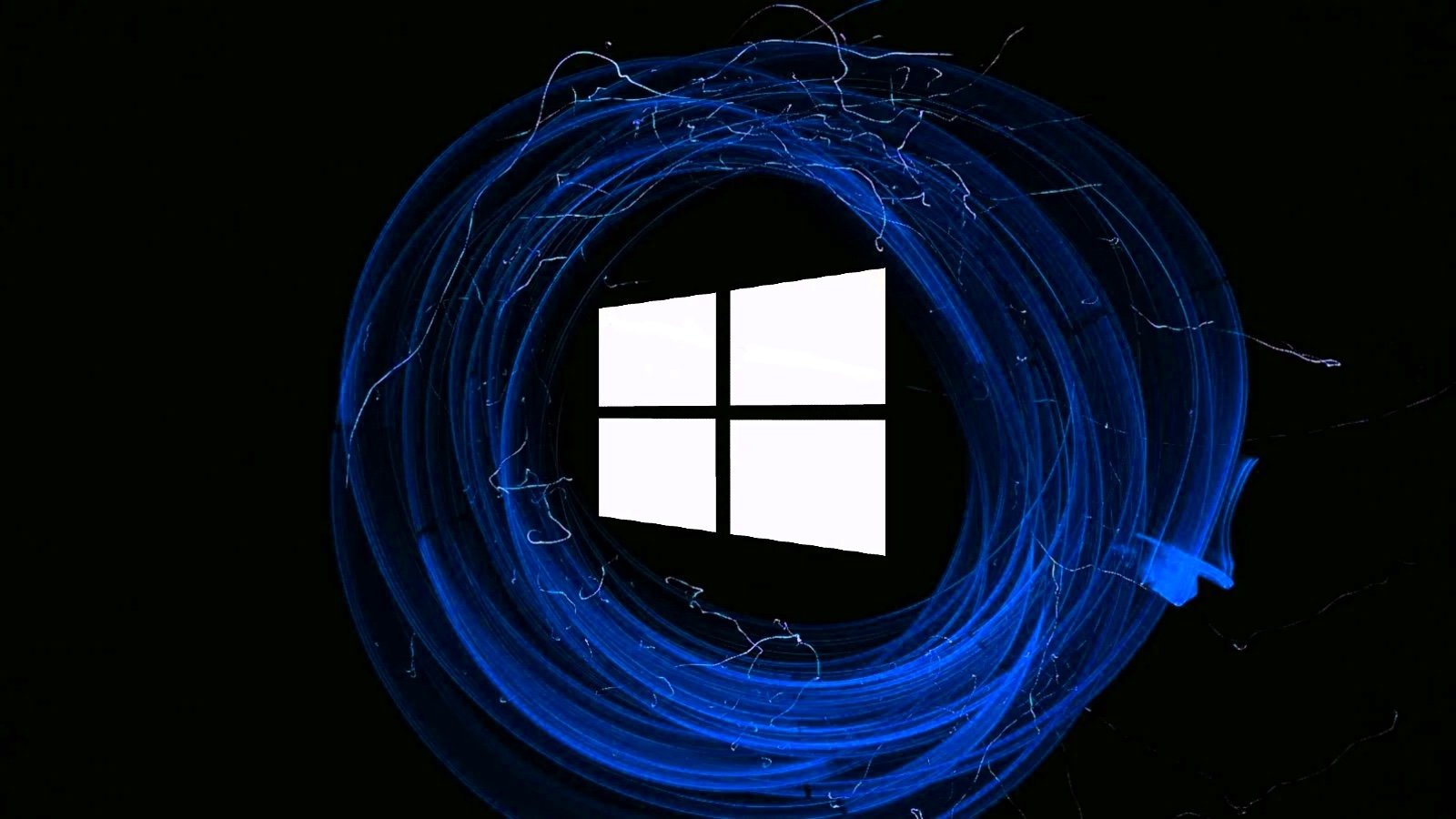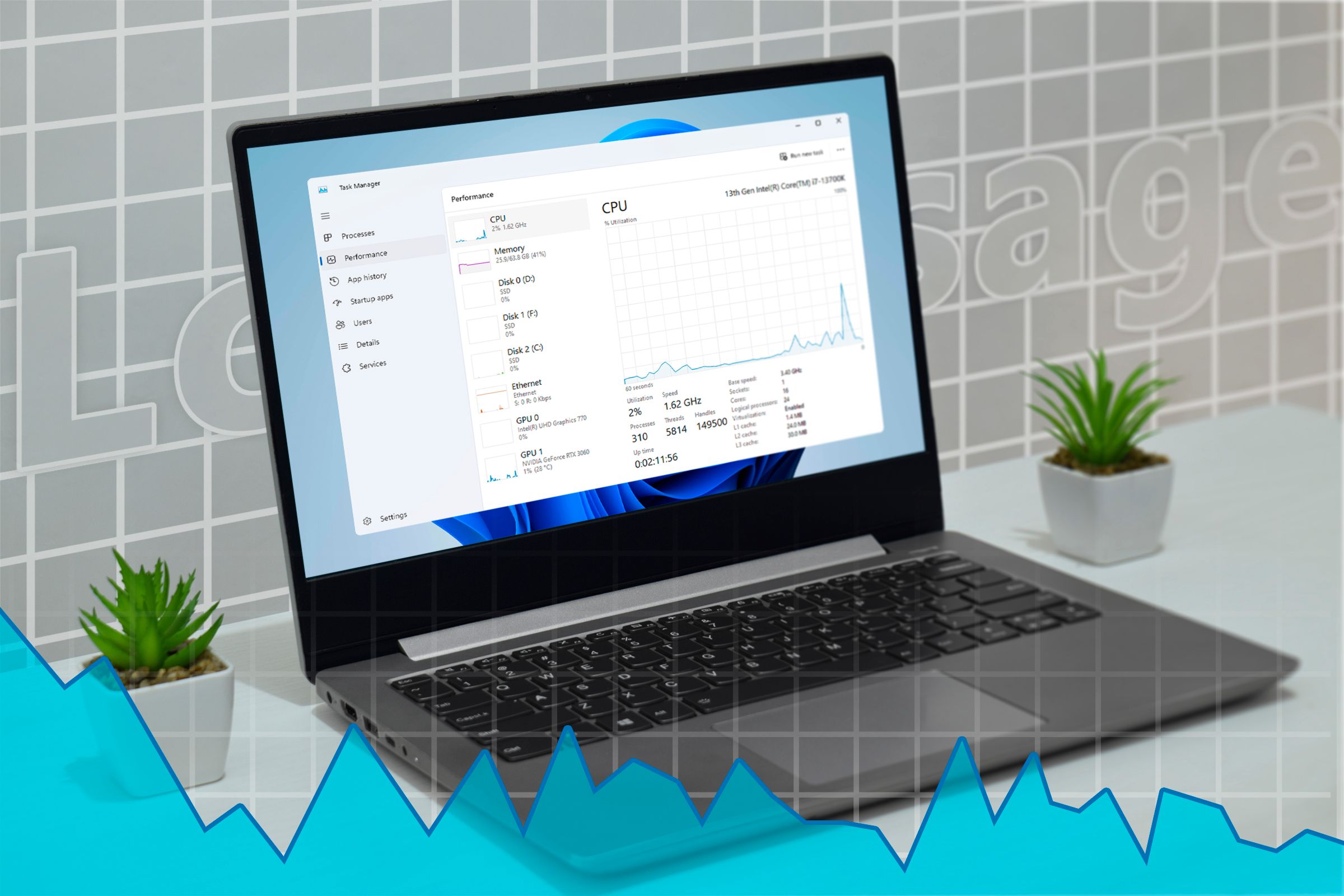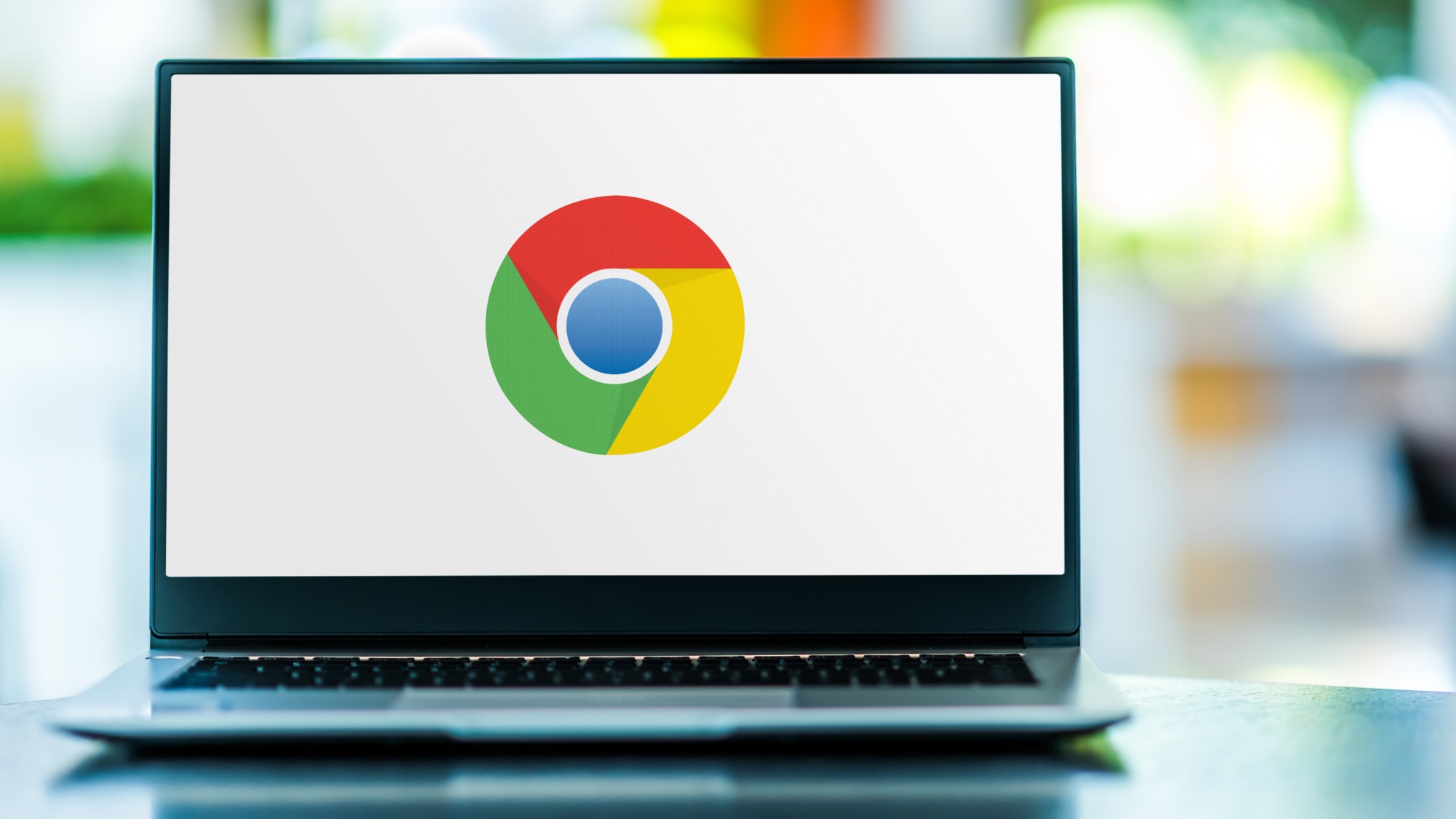I hope iPhone 16e is the start of yearly cheap iPhones — here’s why
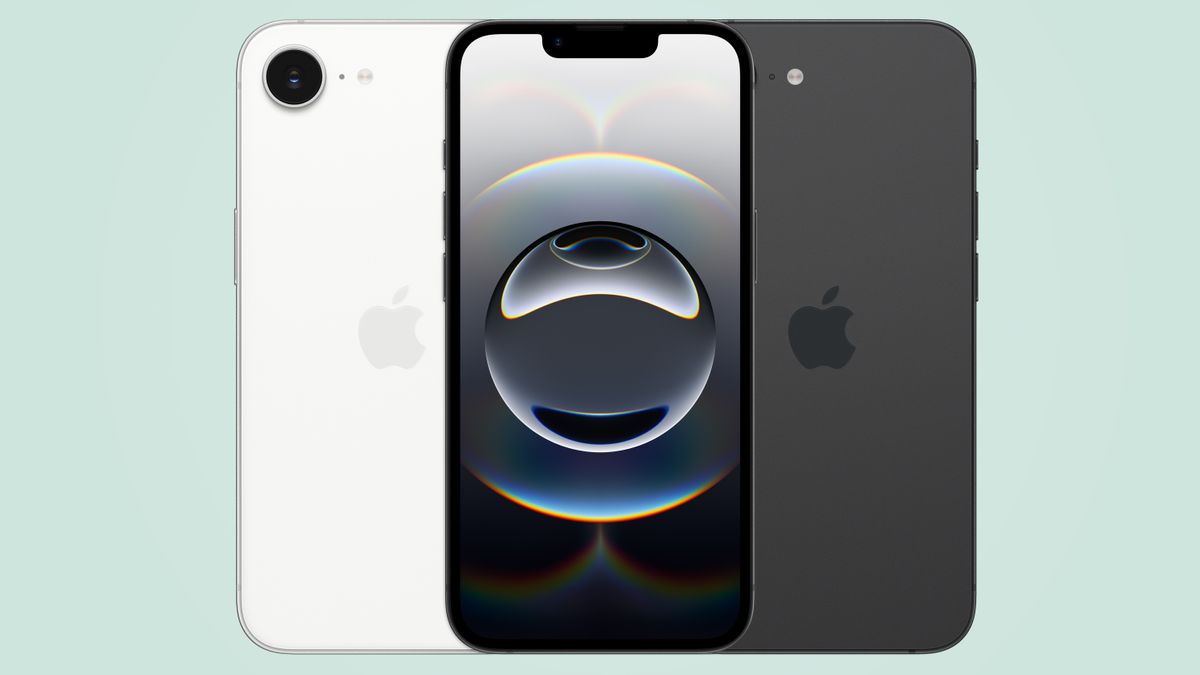
Watching the iPhone 16e launch earlier this week was interesting because of how big an update it is from the iPhone SE 3 and the unique ways it differs from the iPhone 16, and disappointing, mostly because of the price. But despite that, I’m still hoping it’ll be a good phone that will provide a cost-effective way of getting the latest Apple software features. And more than that, I hope that this is the start of a new trend for Apple.
Apple’s iPhone SE models, which the iPhone 16e has now replaced, arrived at irregular intervals. The first launched in 2016, the second in 2020 and the third and latest in 2022.
While one could argue that the iPhone SE was a genuine competitor for the Pixel 6a and Galaxy A53 back in 2022, each year since brought a new Pixel a-series member and fresh Galaxy A3x and A5x models, while the iPhone remained static.
It’s no wonder the iPhone SE slipped so far down our best cheap phones list, hanging on by merit of being the only new iPhone for under $600, while the Pixel 8a, Galaxy A55 and Galaxy A35 dwell nearer the top.
An annual update to the iPhone e-series would ensure Apple was more on a par with its main rivals. A new chip, an updated camera (maybe even a second one at some point), and a reset on the software update timer would probably be enough to keep the cheapest iPhone continually competitive.
The fact Apple decided to put a number on the iPhone 16e, rather than making it the iPhone SE 4 as many had assumed, would suggest that’s its plan. It would be strange to have this budget option hanging around for the next few years, looking dusty next to the iPhone 17, 18 or even later models.
But would Apple do it?
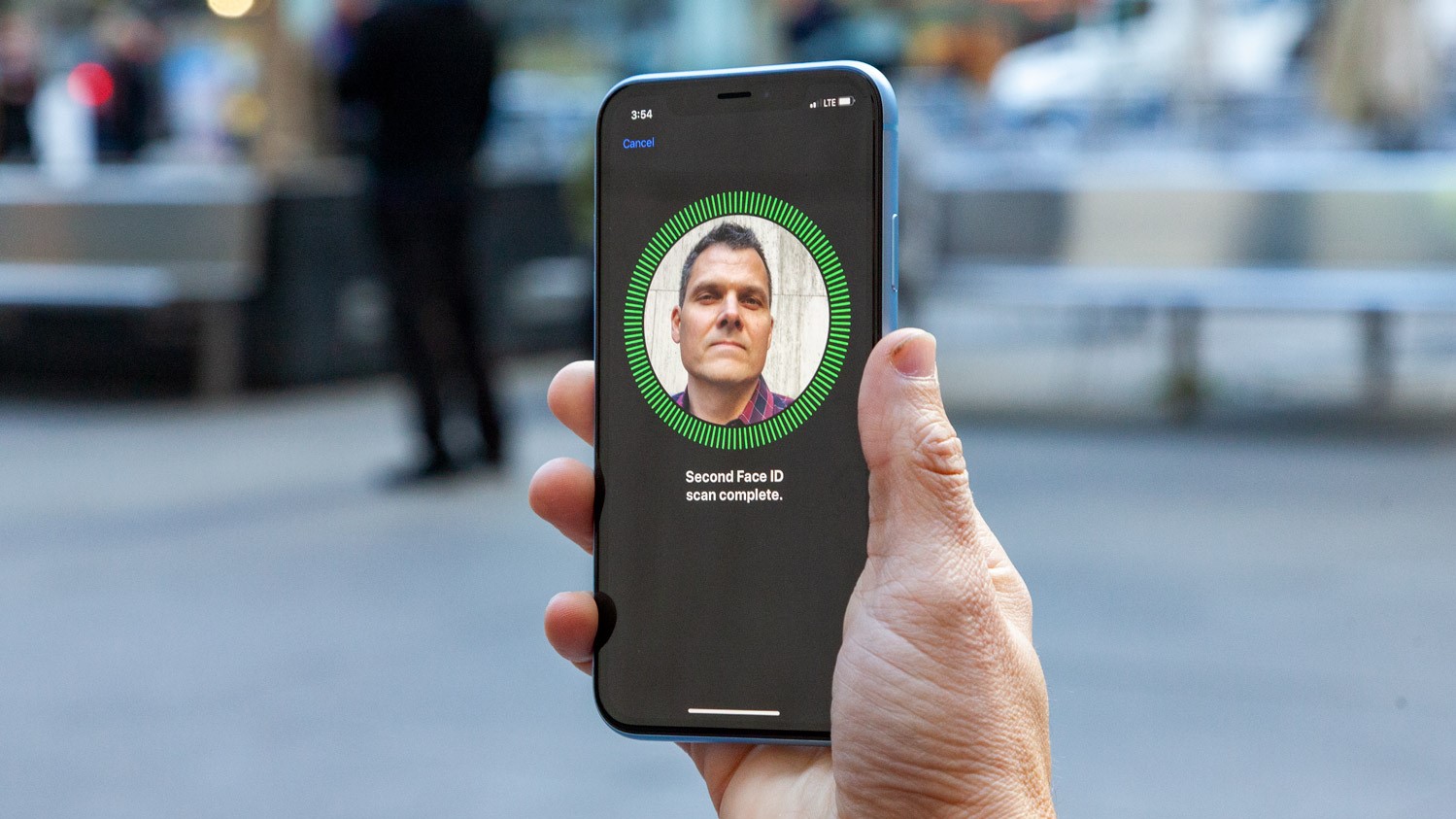
Despite the obvious demand for cheaper iPhones, Apple has always wanted to view itself as a company that sells only premium products, even if some devices in a category happen to cost less than others.
That, plus the associated cost savings, seem to be the reasons why Apple stuck with the iPhone 8’s body for two generations of iPhone SE — it wasn’t a cheap iPhone, just an older one with some parts replaced.
Apple has changed its cheap phone plans around a lot, too. The iPhone 5c was the company’s first attempt, and also its only attempt to offer a less powerful, and brightly colored edition of that year’s flagship iPhone, the iPhone 5S.
The first iPhone SE followed, but it was discontinued two years before its official replacement turned up. There was also the iPhone XR, which got a sequel in the main iPhone lineup with the iPhone 11 the following year, and lasted three years as a standalone model.
Even now that it’s put a number on its budget phone, Apple could still keep to a longer or unpredictable update cycle, in the name of costs or to give it time to adapt to customer demand or other big changes in Apple’s world, like whatever the next device-spanning feature that comes after Apple Intelligence.
After all, even in its flagship line, Apple has struggled to decide if the fourth member of the line-up should be a small model like the iPhone 13 mini, or a large one like the iPhone 16 Plus. Consistency doesn’t matter when you’re the world’s biggest phone maker it seems.
The iPhone e-series can’t be another SE
With all of today’s premium iPhones costing $800 or more, Apple needs to have a proper strategy to account for users who want to remain in its ecosystem but don’t want to spend so much money. So I’m glad the iPhone 16e is here, even if it’s $100 more than I would have liked.
But that strategy needs to be consistent. Users buying cheap phones understand that doing so doesn’t get them the latest features, but there should still be upgrades they can rely on, rather than choosing between an aging iPhone or a much newer Android device they might be less familiar with.
I’m hoping that this time next year, we’ll see an iPhone 17e for the benefit of Apple fans with tighter budgets. If that doesn’t materialize, then the iPhone 16e is doomed to the same decay that the iPhone SE it replaces suffered post-launch — remaining on store shelves, but way past its sell-by date.
More from Tom’s Guide
Source link






